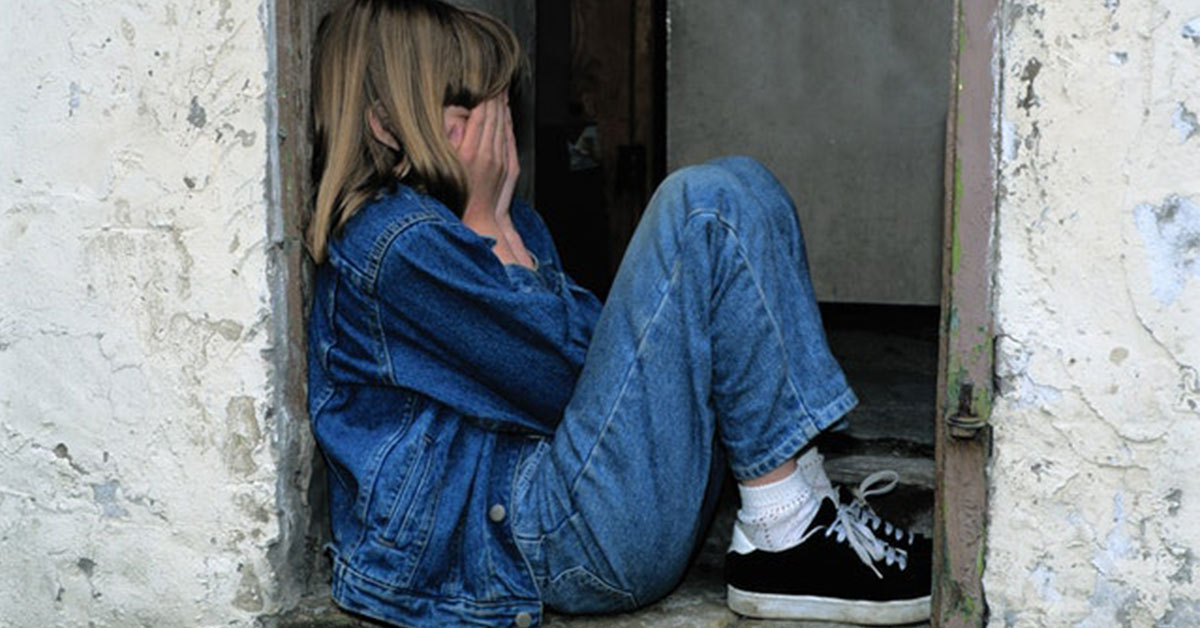A growing body of research has linked neglect and abuse in childhood with the development of obesity in adulthood. Given the substantial influence of obesity on health, these accumulated findings have made many public health professionals eager to design obesity prevention interventions for those who’ve suffered childhood maltreatment. At the same time, some researchers, including Assistant Professor Susan Mason from the School of Public Health, have cautioned that it is difficult to know exactly how maltreatment connects to obesity, and researchers need to be vigilant about investigating other possible factors that may cause high obesity rates in adults who were abused. One such factor may be unhealthy nutrition in the homes of maltreated children.
“We are increasingly hypothesizing that abuse and neglect in childhood may influence obesity risk, but we need to be very rigorous about that by questioning our own assumptions and investigating alternative explanations,” says Mason.

New research by Mason helps to rule out the childhood home food environment as a major contributing factor in the development of obesity in adults who were maltreated.
The study was recently published in the journal Preventive Medicine.
Researching the effects of abuse in people is difficult because, unlike other more benign topics, people can’t be randomized into different groups, subjected to a condition — maltreatment — and then studied to see how they respond. Instead, researchers have to rely on observational data, such as descriptions of experiences and other information people can report at the time or retrospectively.
To identify a group of people who were maltreated in childhood and examine their weight status as adults and learn about their childhood home nutrition environments, Mason used data from one of the school’s long-running research programs, Project EAT. In 1998, Project EAT began surveying the health of nearly 4,000 children as they’ve grown into adulthood. The first survey asked the children various questions, including some regarding their home food environment — the availability of fruits, vegetables, milk and snack foods, and the frequency of family meals — which is a predictor of adulthood obesity. In 2015, the group, now adults, was given a survey that included questions assessing childhood maltreatment experiences.
Using the surveys, Mason discovered that approximately 23 percent of the respondents reported at least one type of maltreatment before they were 18 years old. When Mason analyzed the weight status of those who were maltreated, she found that those who reported childhood maltreatment had a 0.84 kg/m2 higher body-mass-index compared to those who weren’t maltreated. Next, she looked at the childhood home food environment of those who reported maltreatment and found that access to both healthy and unhealthy food in the home was generally similar to those who reported no abuse. Further, she found the childhood home food environment variables, such as parenting styles, could not explain the differences in weight status between participants who had been maltreated and those who had not.
“Prevention of abuse and neglect should be a major public health priority, regardless of whether or not they affect someone’s weight status,” says Mason. “That said, we also need to be considering how we can help those who have experienced abuse and neglect have healthy life trajectories. These results contribute to the growing evidence that obesity prevention may be important for improving the health of those with maltreatment histories.”
Mason is continuing her research into the relationship between childhood maltreatment and obesity by exploring what is it about abuse and neglect that may lead to extra weight gain.

